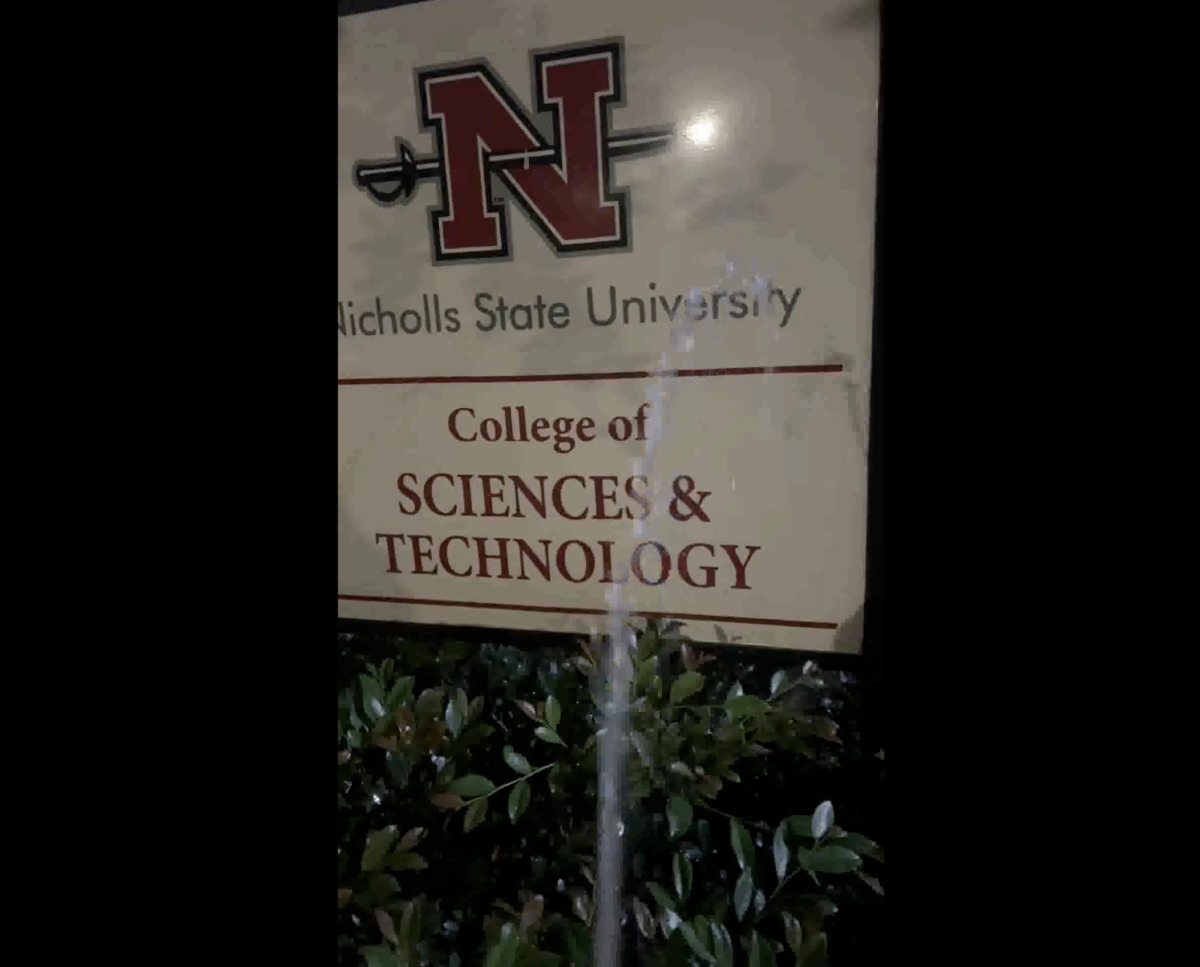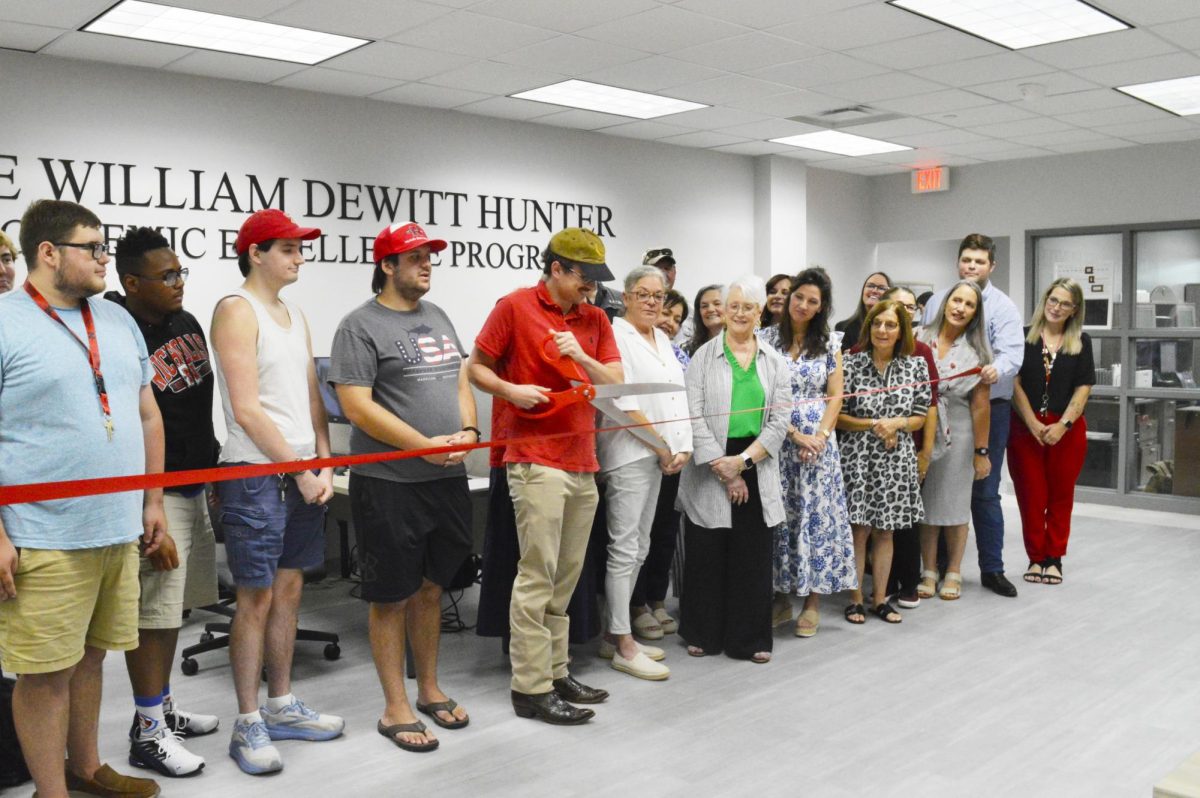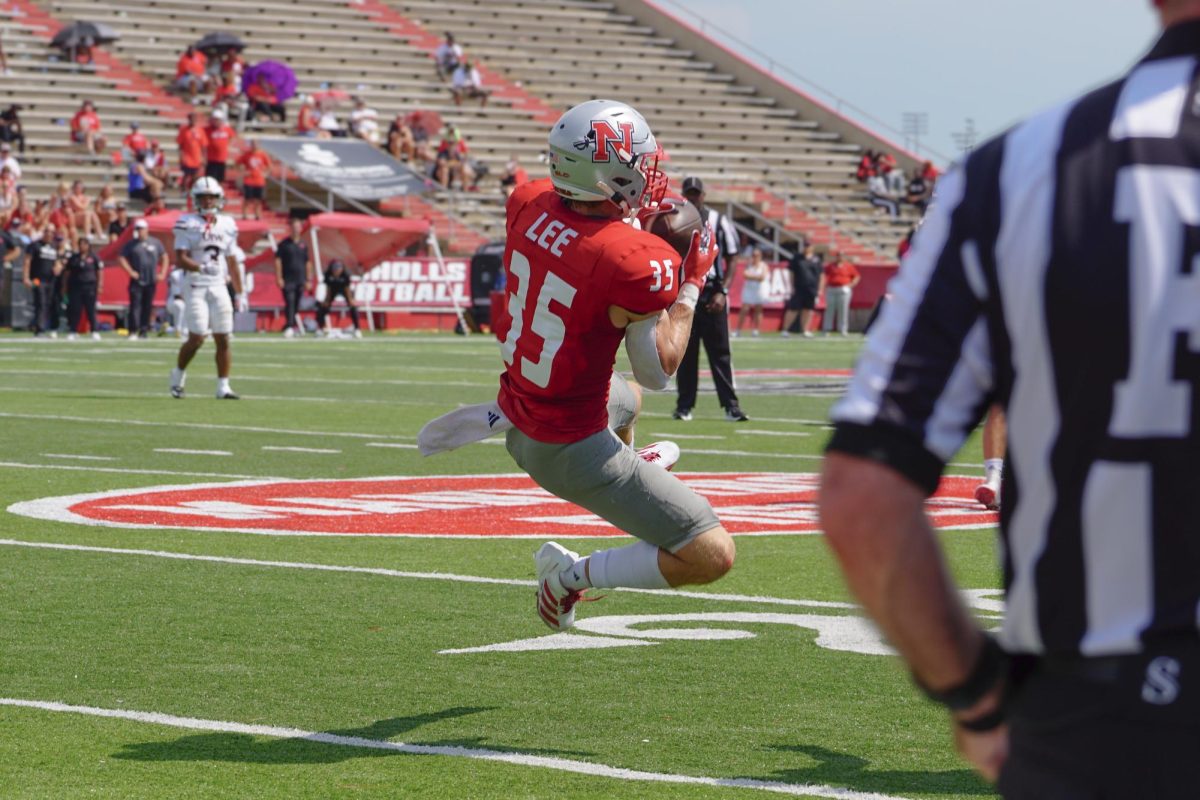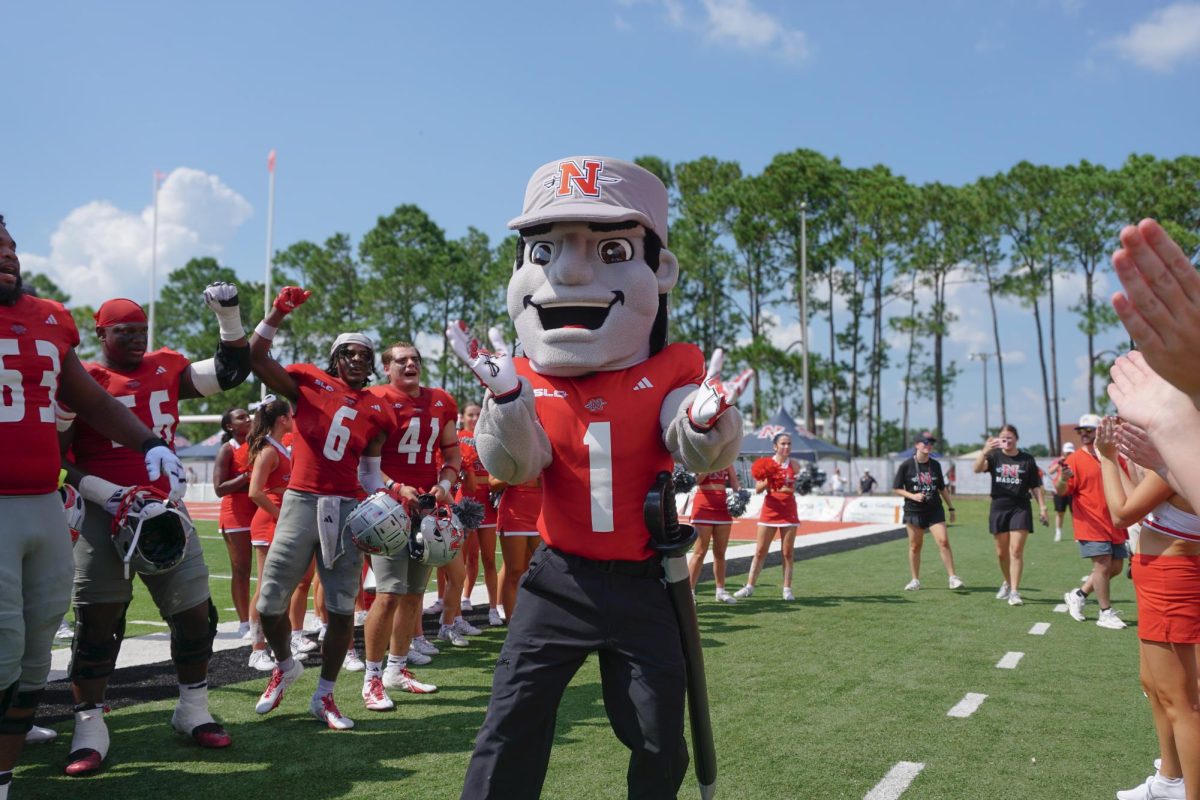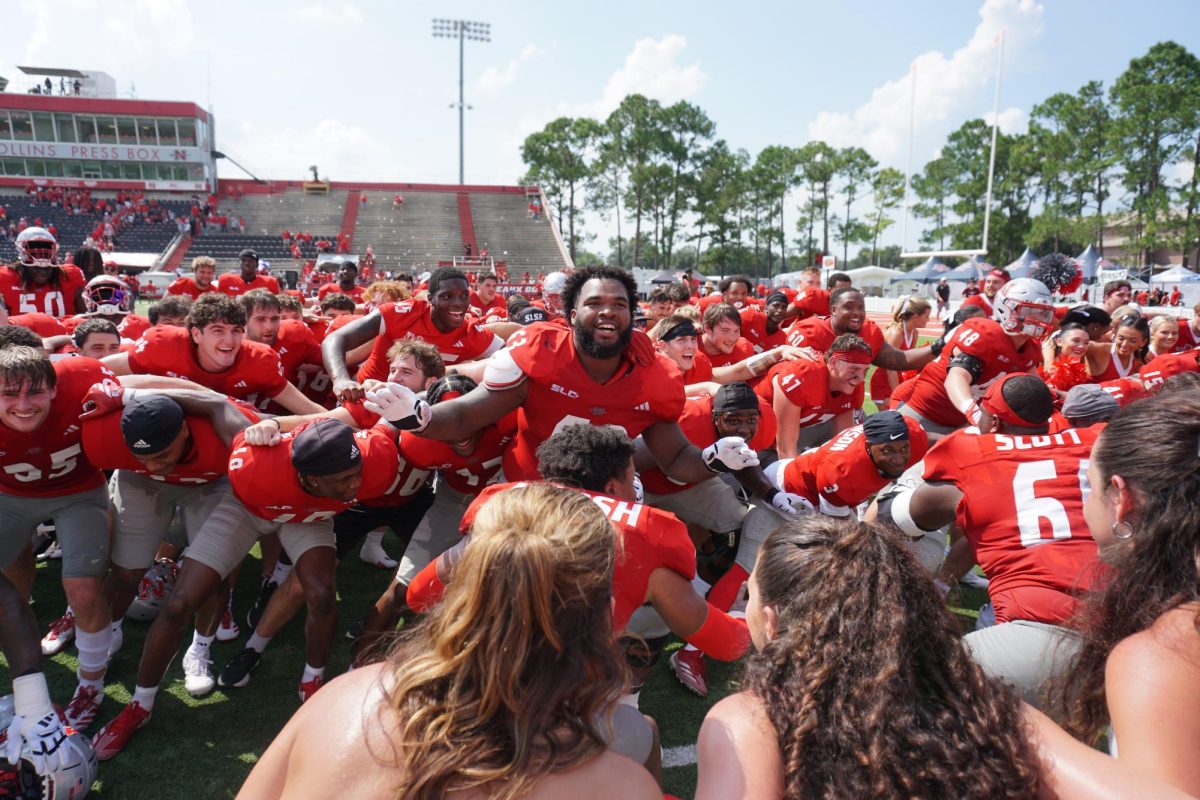Although there is a national trend for more students to seek alternatives to animal dissections in post-secondary education, Nicholls currently offers no alternatives to students. According to the Physician’s Committee for Responsible Medicine, some students and teachers are concerned about the ethical, environmental, educational and costly issues in animal dissection as well risks associated with chemical exposure to students.
According to PCRM, a 1989 survey of 142 American high-school freshmen found 50 percent would have chosen an alternative to dissection if offered one, and 90 percent believed students should have a choice. PCRM’s dissectionalternatives.org website also states a 1992 study of 468 14- and 15-year-olds found that 72 percent thought breeding animals for dissection was wrong, 83 percent wanted alternatives to be found, and 38 percent objected to any animal material used for the purpose of dissection. According to PCRM, a 1997 study of seventh graders found that dissections of fetal pigs encouraged indifference toward animals and nature and dissuaded students from pursuing science careers.
“(The specimens that we use for dissection) are specimens that have been pre-prepared,” Marilyn Kilgen, department head for biological sciences, said. “We actually buy them from biological supply houses.”
PCRM said dissection has taken a toll on natural environments and the animals that live there, aggravating the damage already caused by human population growth and industrial expansion. PCRM also said dissection removes a vital link in the ecosystem; for instance, decreasing numbers of frogs can cause insect populations to surge, which causes problems for humans who share their environment.
PCRM said dissection lacks a key step in the learning process: repetition; when an animal is cut apart, the exercise cannot be done again, but the computerized techniques allow students to explore animal and human anatomy as often as they like, until the information has been grasped fully.
“There’s a huge difference between looking at a computer simulation and actually doing (a dissection) yourself,” Kilgen said. “A computer simulation can be very good. It’s almost like watching a movie or the Discovery Channel, but looking at it is not the same as doing it yourself. It’s not hands-on, and you’re not actually learning how to do it.”
According to Kilgen, the Nicholls biology department does have an interactive computer program used by some instructors in their classrooms. Kilgen said the program designed for human anatomy does not offer hands-on experience and cannot be used as an alternative for students with dissection assignments.
According to PCRM, dissection alternatives which use modern computer programs or anatomical models can cost thousands of dollars less than animal specimens, last for years and do not need to be re-ordered for new classes.
PCRM said the chemical formaldehyde poses potential risks to exposed humans. According to PCRM, formaldehyde is often irritating to the eyes, skin and respiratory system; high concentrations can cause severe respiratory injury or death and has been linked to cancer of the throat, lungs and nasal passages.
According to Kilgen, an individual becoming a doctor without ever having dissected an animal throughout undergraduate school and medical school is theoretically possible.
“It’s conceivable, and I won’t say it’s impossible,” Kilgen said. “It’s conceivable if (a student) had enough sciences and the medical school decided to take the student.”
Kilgen said the bottom line is that when it comes down to a person who perhaps is going to be a health professional, one has to make a decision.
“Do you want to have a physician operating on you who has never done an actual dissection and who has learned it all from a computer program or book?” Kilgen questioned. “It would be almost like learning to fly an airplane with a computer program. If you have to put your life in the hands of a pilot who never actually flown a real plane and only learned from a simulation flight, would you pick him?



